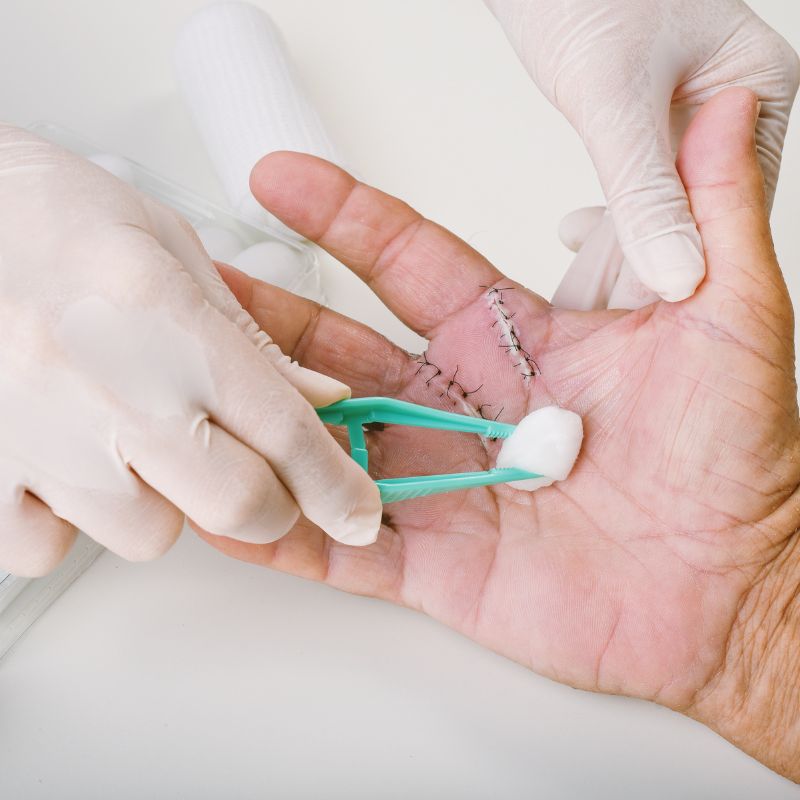Trigger Finger Release Surgery
Also known as: Trigger Finger release surgery, triggering finger release
Trigger Finger release surgery is a surgical procedure used to treat trigger finger, a condition in which the finger or thumb becomes stuck in a bent position.
The surgery involves cutting the tendon that keeps the finger bent, which allows the finger to be straightened out and prevents it from getting stuck again.
- Tailored treatment plan
- Specialist face and neck surgeon
- Done under local anaesthetic








